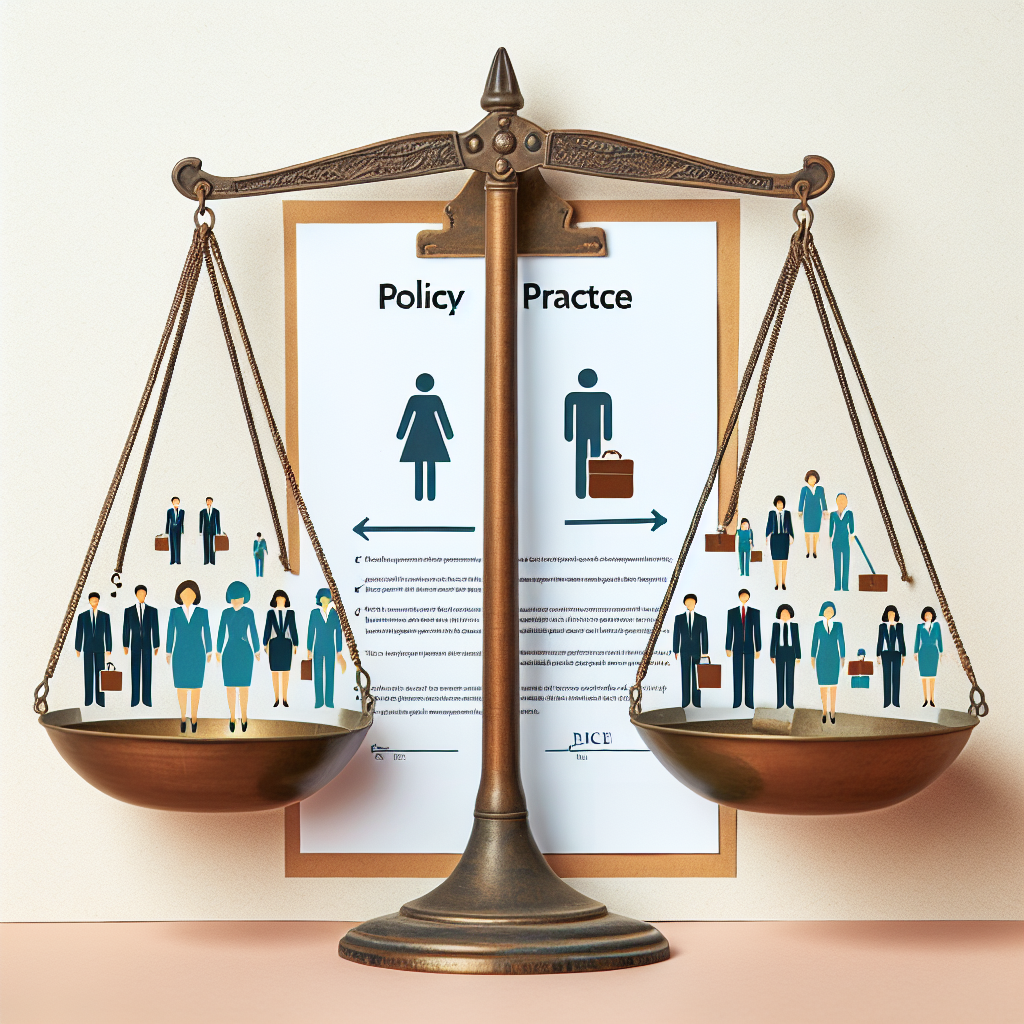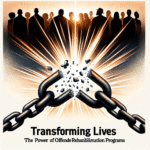
Introduction
Gender equity is not just a buzzword; it’s an essential pillar for sustainable governance and societal development. As societies around the globe strive to build a more inclusive future, the urgency of translating policy into tangible action has never been more palpable. From Policy to Practice: Implementing Gender Equity in Government serves not only as a call to action but as a blueprint for institutionalizing change. In a world where robust policies exist yet often languish in paperwork, overcoming barriers to implementation is crucial for achieving genuine gender equity.
This article will explore the multifaceted journey that takes us from theoretical policy frameworks to practical applications. Through engaging case studies, actionable insights, and a deep dive into the real-world applications of gender equity initiatives, we’ll uncover the pathways that can lead to transformative change.
Understanding Gender Equity in Government
Defining Gender Equity
Gender equity refers to the fair treatment of individuals, ensuring equal opportunities for all genders across various spheres, including political, economic, and social. It recognizes that historically, women and marginalized groups have faced systemic barriers that need to be addressed.
The Policy Landscape
Numerous international conventions, such as the Convention on the Elimination of All Forms of Discrimination Against Women (CEDAW), provide a strong policy foundation. However, merely having policy frameworks isn’t enough. It’s critical to understand the practical implications of these policies and how they can be effectively implemented in government institutions.
Barriers to Implementation
Cultural Resistance
One of the most profound barriers to implementing gender equity is cultural resistance. Societal norms and expectations can dictate gender roles, often sidelining efforts to promote equality. To authentically move From Policy to Practice: Implementing Gender Equity in Government, governments must confront deeply rooted biases.
Insufficient Resources
Budgetary constraints and insufficient human resources can hinder the facilitation of gender equity initiatives. Without designated funding and trained personnel, policy intentions often fail to translate into action.
Lack of Accountability
Another critical challenge is the absence of mechanisms to hold stakeholders accountable. Without clear measurements of progress, it becomes difficult to assess the effectiveness of gender equity initiatives.
Case Studies in Action
Sweden: A Model of Gender Mainstreaming
Overview: Sweden has long been hailed as a leader in gender equality, implementing policies aimed at achieving equality through gender mainstreaming—an approach whereby gender considerations are integrated into all levels of decision-making.
Implementation: The Swedish government established a Gender Equality Agency that works systematically to promote gender studies in government policy. From 1994 onward, gender equality has been integrated into the national budget process.
Analysis: Sweden’s experience underscores the importance of having a dedicated agency and clear commitment from the highest levels of government. This case illustrates that From Policy to Practice: Implementing Gender Equity in Government requires institutional commitment and accountability mechanisms.
Rwanda: Women in Leadership
Overview: Post-genocide Rwanda has made significant strides in advancing women’s roles in governance. The country’s constitution mandates that at least 30% of decision-making positions be held by women.
Implementation: Rwanda’s government actively promotes women in leadership roles, resulting in one of the highest percentages of women in parliament globally.
Analysis: Rwanda’s experience exemplifies how targeted policies can yield remarkable results. By embedding gender equity within the fabric of governance, the nation showcases a pathway From Policy to Practice: Implementing Gender Equity in Government.
Effective Strategies for Implementation
Establishing Clear Targets
Setting measurable targets and timelines is crucial for tracking progress and accountability. Governments should establish benchmarks to evaluate their initiatives continuously.
Building Alliances
Collaboration among governments, NGOs, and the private sector can multiply efforts to enhance gender equity. Creating a broad coalition can ensure resources, knowledge, and skills are effectively pooled.
Engaging Men as Allies
While efforts often focus on empowering women, engaging men in the conversation is equally critical. Programs that include male allies help challenge stereotypes and foster a culture of equality.
Data Insights: Gender Equity in Governance
| Indicator | Sweden | Rwanda | Global Average |
|---|---|---|---|
| Women in Parliament | 47.3% | 61.3% | 25% |
| Gender Pay Gap | 9% | 16% | 20% |
| Female Labor Force Participation | 73% | 88% | 49% |
Analysis of Data Insights
The above table illustrates the successful outcomes in both Sweden and Rwanda. These metrics serve not only as evidence of effective policy but also as inspiration for other nations striving to move From Policy to Practice: Implementing Gender Equity in Government.
Challenges Ahead
Systemic Issues
Even with successful implementation, systemic issues persist. Policies must be regularly evaluated for their effectiveness in addressing intersectional challenges, such as race and socioeconomic status.
Sustainability
Ensuring that gender equity initiatives are sustainable over the long term remains a significant challenge. Governments must be willing to adapt and scale programs to maintain momentum.
Conclusion
The journey From Policy to Practice: Implementing Gender Equity in Government may be fraught with challenges, but the rewards are immeasurable. Creating an inclusive society where every individual’s potential can flourish is not merely a moral imperative; it is essential for sustainable development.
As we reflect on the case studies and strategies explored, the message is clear: policy is only the beginning. True change requires actionable plans, accountability, and steadfast commitment from all societal sectors. Let us turn the page together on a promising future of gender equity!
FAQs
1. What is the difference between gender equity and gender equality?
Answer: Gender equality typically refers to the equal treatment of individuals regardless of gender, while gender equity focuses on fairness in treatment, recognizing that different genders often have unequal access to opportunities.
2. How can small governments implement gender equity policies effectively?
Answer: Even small governments can start by establishing clear targets, ensuring budget allocations for gender programs, and engaging local communities in the decision-making process.
3. Why is cultural change important for gender equity?
Answer: Cultural change is critical as it can dismantle societal norms that perpetuate discrimination, creating a more receptive environment for gender equity initiatives.
4. What role do NGOs play in promoting gender equity?
Answer: NGOs are vital in advocating for gender equity by raising awareness, conducting research, and implementing ground-level projects that empower individuals and communities.
5. How can data be used to support gender equity initiatives?
Answer: Data can identify gaps in gender equity, track progress on initiatives, and provide evidence to policymakers about the importance of investing in gender equity programs.
By keeping the conversation alive and constantly exploring new avenues, we can indeed transform policy into profound practice. Let’s work hand in hand for a more equitable future!

















